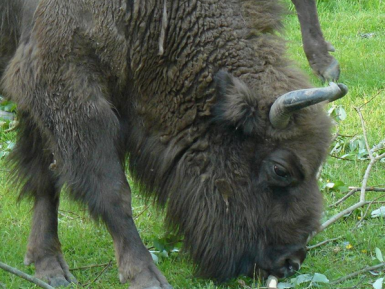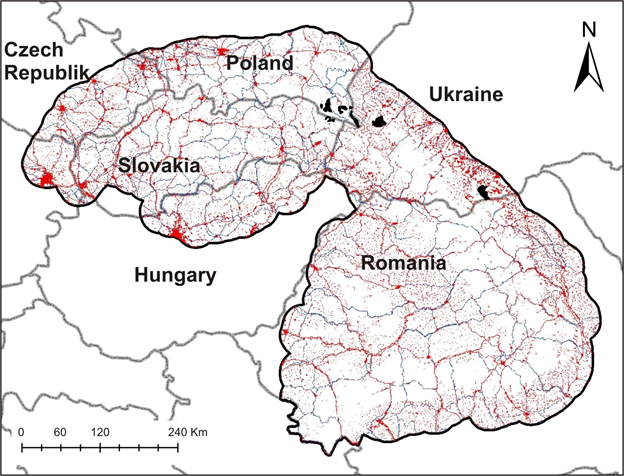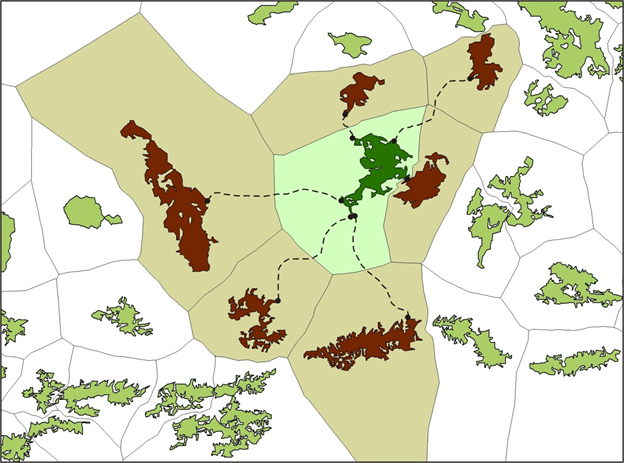Posted 08/2/11
European Bison is an example of recovery efforts of an almost extinct species. However, it is necessary to provide the required habitat corridors for a successful reestablishment of the species. Elzbieta Laszczak is working with the mathematical theory of graphs to provide evidence of the best places to allocate new herds of European Bison for promoting connectivity.

Most people do not prefer to be isolated, instead we contact with others. Elzbieta Laszczak recognizes this isolation is similar a problem for many animal species. This is particularly the case for species with low number of individuals and isolated herds where inbreeding is a problem.Elzbieta has been working with potential habitat connectivity at the Institute of Geography and Spatial Management of the Jagiellonian University in Poland. There, she has applied her backgrounds in both mathematics and geography to understand habitat and animal movements. Her work is based on graph theory, a mathematical method used in both natural and social sciences. Not to be confused with graphs describing phenomena such as human population growth, graph theory models consist of nodes that are connected by edges. Nodes in her studies correspond to habitat patches and the edges represent connections or potential corridors between them. The cost surface models she uses to delineate potential corridors include both biological and environmental variables such as land cover, rivers, lakes, roads and highways. Although the graph theory perspective she uses could be applied to many animal species, she is currently focusing on the European Bison in the Carpathians.

Her interest in European Bison arises on the efforts made to rescue this endangered species during recent decades. This species was almost extinct in the 20th century, the last wild bison was poached in 1927 and only 54 individuals survived in captivity. Nowadays the total population has recovered to more than 4200 individuals across Europe, 2600 of them in the wild. Yet the populations are very fragile because of high inbreeding rates, since the entire population stems from only 12 founders. Other factors menace the

European bison reestablishment such as conflicts with humans. Bison prefer meadows and forests as habitat but they are sometimes seen close to human settlements. Because of their size, they often intimidate people who don’t like them to be around. Long term survival of the species will therefore depend on establishing large bison metapopulations. And the Carpathians, European largest and least-disturbed mountain range are among the few places where such a metapopulation could be established.Tobias Kuemmerle, a Silvis lab alumnus and Volker Radeloff have modeled European bison habitat patterns in the Carpathians, and that is why Elzbieta established contact with them. As part of their collaboration, Elzbieta is now a visiting member of the Silvis lab for a couple of months. Tobias Kuemmerle and Volker Radeloff work on European Bison distribution had benefited Elzbieta with input for her models. Together, they are hoping that results of this project will help policy makers and landscape managers by showing them the best areas to allocate new bison herds in order to connect current Carpathian population. This could also help create biological corridors for other species at the same time that European bison connectivity is supported.

“
Story by Carlos Ramirez Reyes
